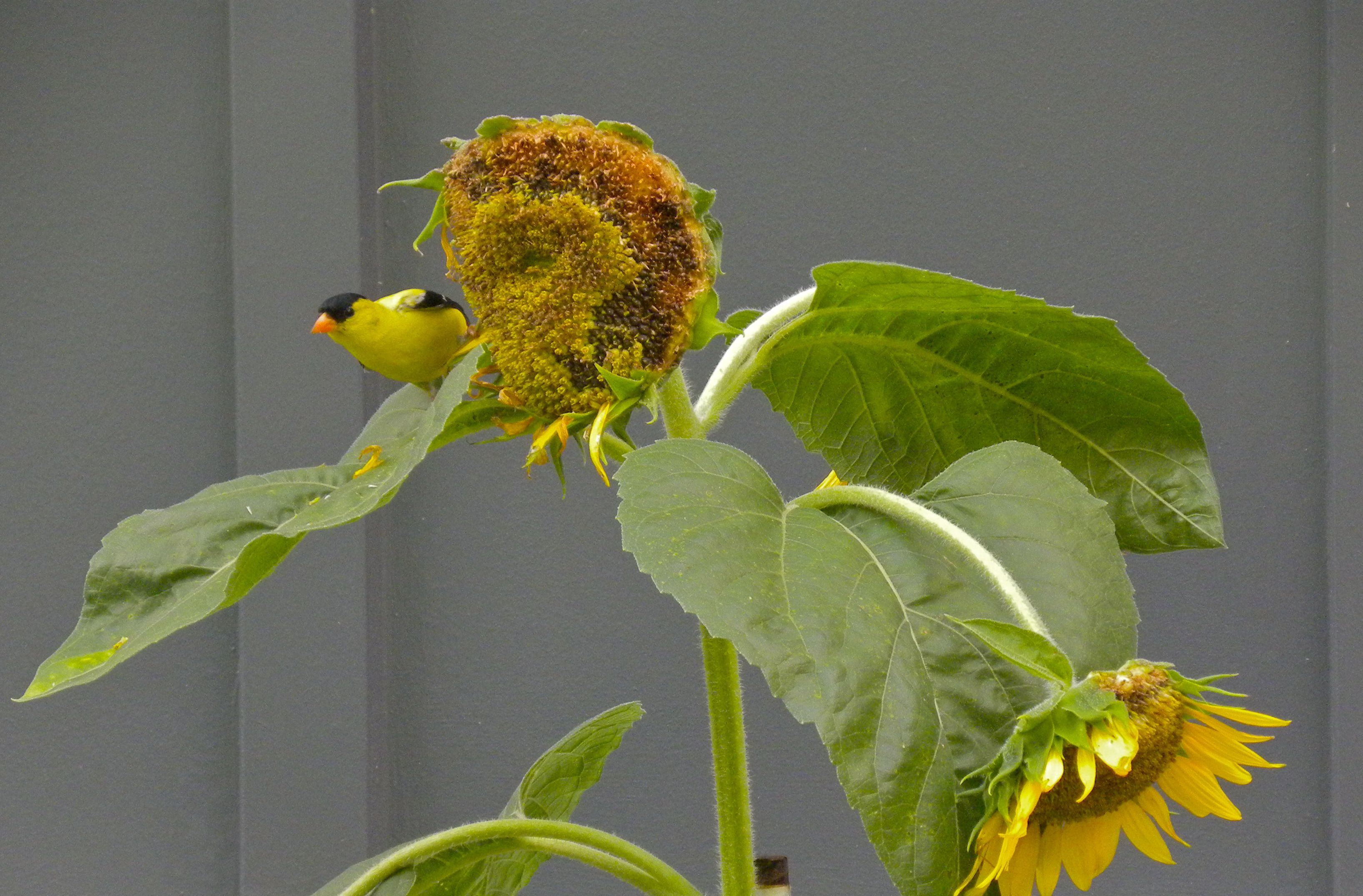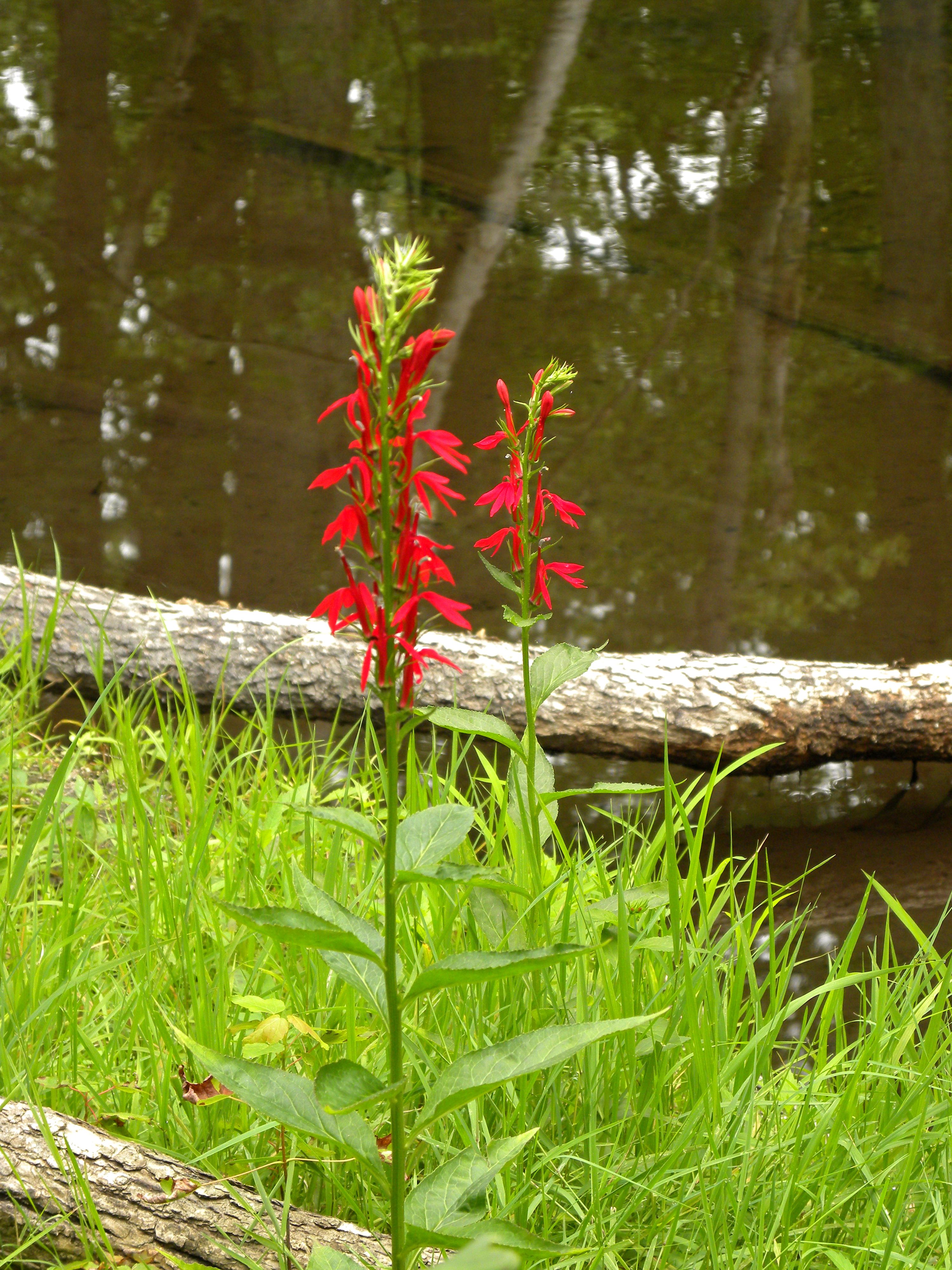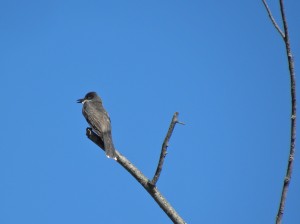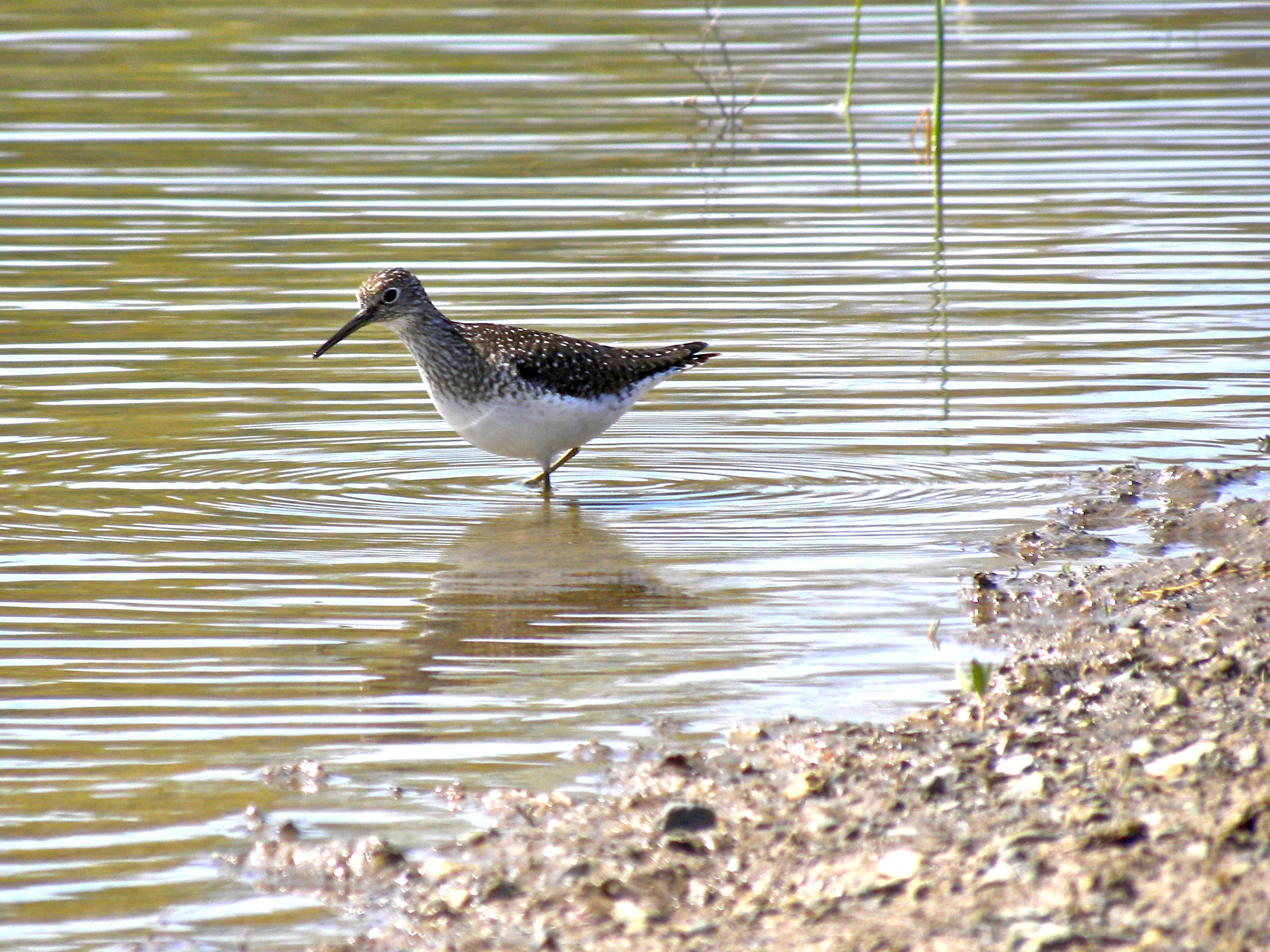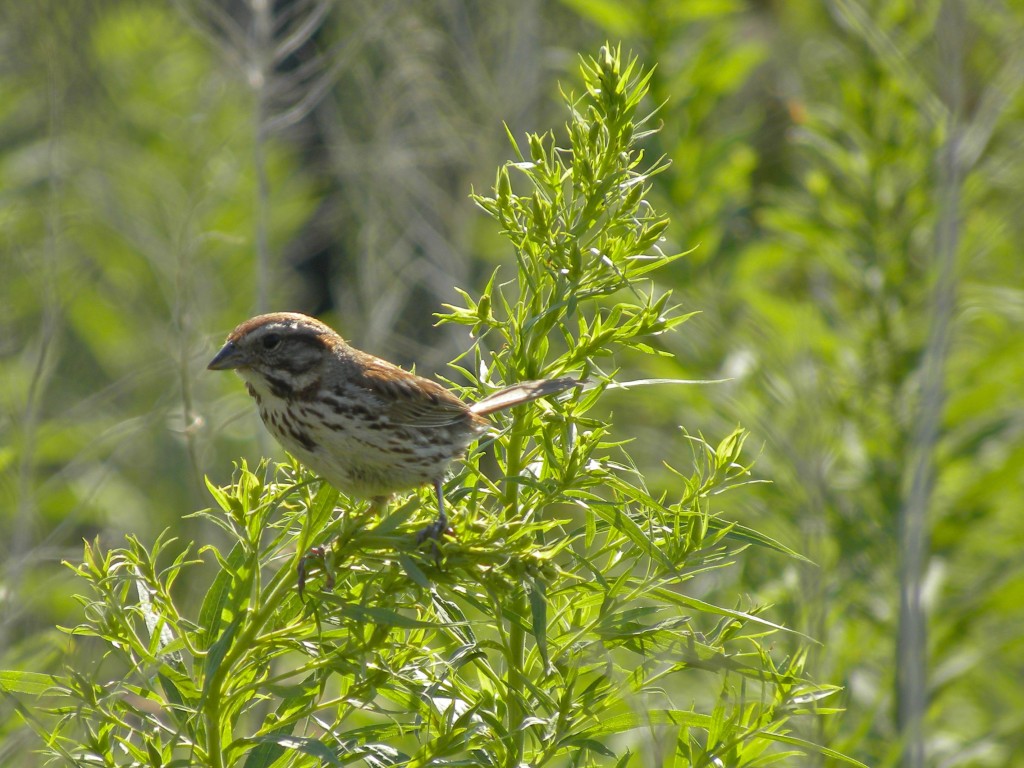August 3 2012. Today we ventured to check a highly regarded shorebirding spot, a large fossil encrusted shelf of flat rock near a long sandy beach on the north shore of Lake Erie. On this hot August day the beach was busy and perhaps the sunbathers had the better deal. Although we found plenty of shorebirds the price was rather high: No shade, a scorching sun and a throat-tightening raw-sewage smell from dense mats of decomposing algae. The birds found a plentiful supply of food here, our sightings included many Greater Yellowlegs stepping daintily as if offended by the prospect of their feet getting wet or dirty, they appeared somehow more delicate than their cousins the Lesser Yellowlegs. A few Pectoral Sandpipers, a pair of baffling Sanderlings in worn plumage and some Spotted Sandpipers added to the mix.
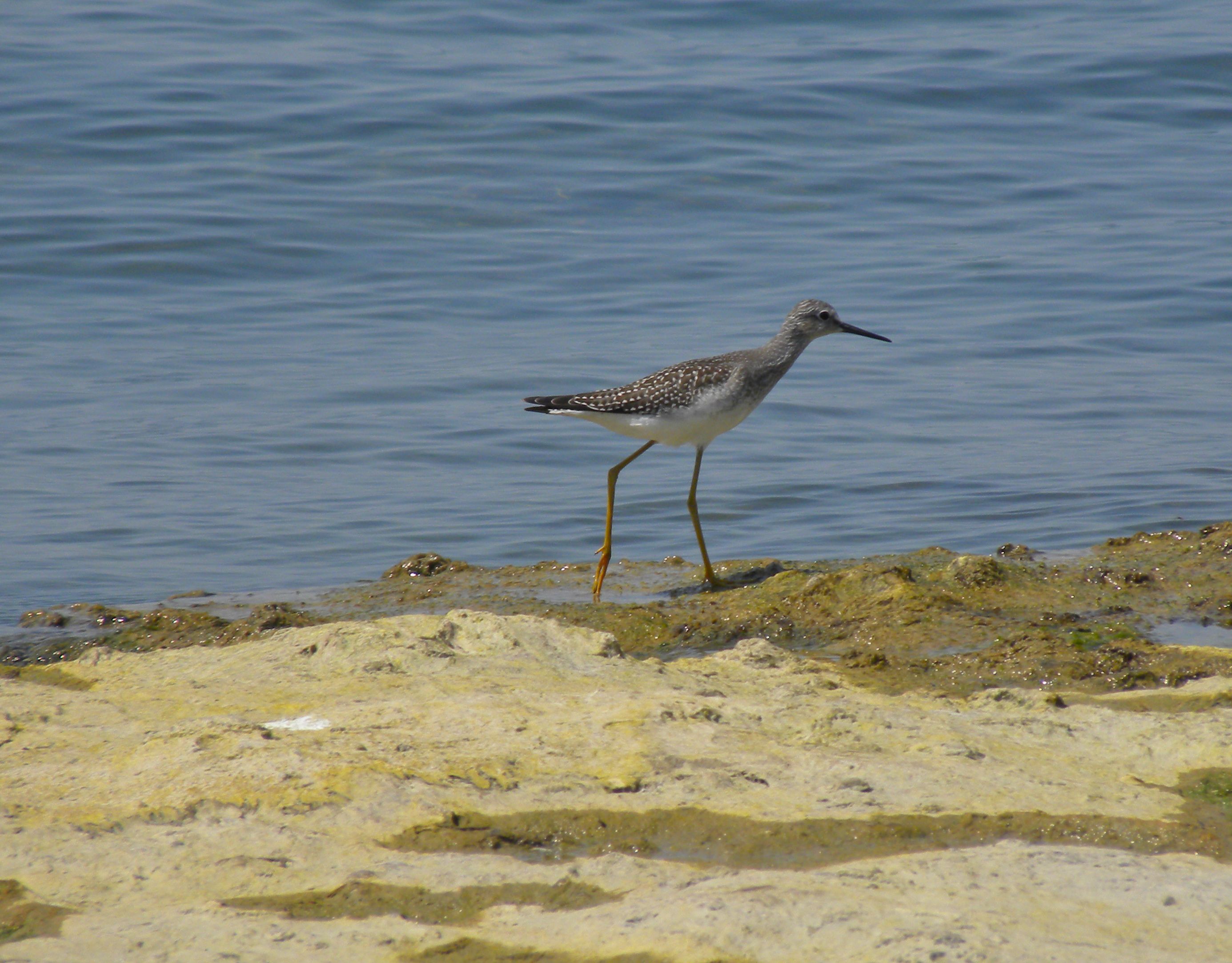
And then there were the Semi-palmated birds. We regularly see Semi–palmated Sandpipers and Semi–palmated Plovers around here. The adjective semi-palmated refers to partial webbing between their toes, not something you’re very likely to see in the field; although I suppose in the days of birding by shotgun it was a good distinguishing field mark. Semi-palmated Sandpipers were everywhere, they can be devilishly difficult to distinguish from Least Sandpipers (which weren’t), both being little brown shorebirds that wander around mudflats and shores in large numbers picking at invertebrate delicacies. A handful of Semi-palmated Plovers enchanted us too, they look like miniature Killdeers and because they’re so immaculately turned out they were my Bird of the Day, displacing a couple of immature Orchard Orioles seen a little earlier.
It was a productive day with around fifty species seen and/or heard including Yellow-billed Cuckoo, Red-breasted Nuthatch, and Carolina Wren. And as we started our homeward journey we stopped beside a small pond that held a dozen Wood Ducks, many of them youngsters led by adults in the midst of a dreary moult. Usually Wood Ducks very quickly head for cover or take flight, but the pond was so completely covered with bright green Duckweed that they hardly moved.
